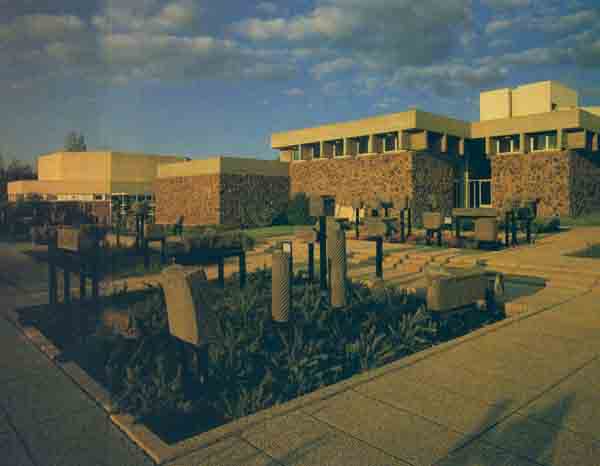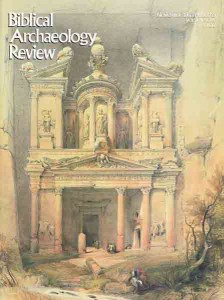Rediscovering the Ancient Golan—The Golan Archaeological Museum

There are no gold mines or oil wells on the Golan. But, archaeologically speaking, the Golan settlers are mining gold and striking oil.
This remote, sparsely inhabited and sometimes desolate area might seem the last place in the world for a modern archaeological museum. But not to the 600 families who live in Qatzrin. What could be more logical than a museum to display the Golan’s archaeological treasures, to foster pride in the area, to attract tourists and, not least, to encourage scholarly research into the Golan’s fascinating and varied past.
So there it is, in all its glory, near the center of the settlement of Qatzrin, beside some recently constructed homes.
The oldest artifacts in the museum’s collection date to the Lower Paleolithic period (1,000,000–90,000 years ago). At a site near the Benot Ya’akov (Daughters of Jacob) Bridge, a cache of basalt tools—hand axes and choppers—was found that had been manufactured approximately 500,000 years ago.
These finds are especially exciting because they were made at the site, yet they were also part of a unique basalt tool industry that is related to a basalt tool manufacturing tradition found in Africa. The precise nature of the connection is not yet clear. But elephant tusks and fossilized ivory fragments were also found at the site, which suggests that elephants may have once roamed the area.
Already a library member? Log in here.
Institution user? Log in with your IP address.

